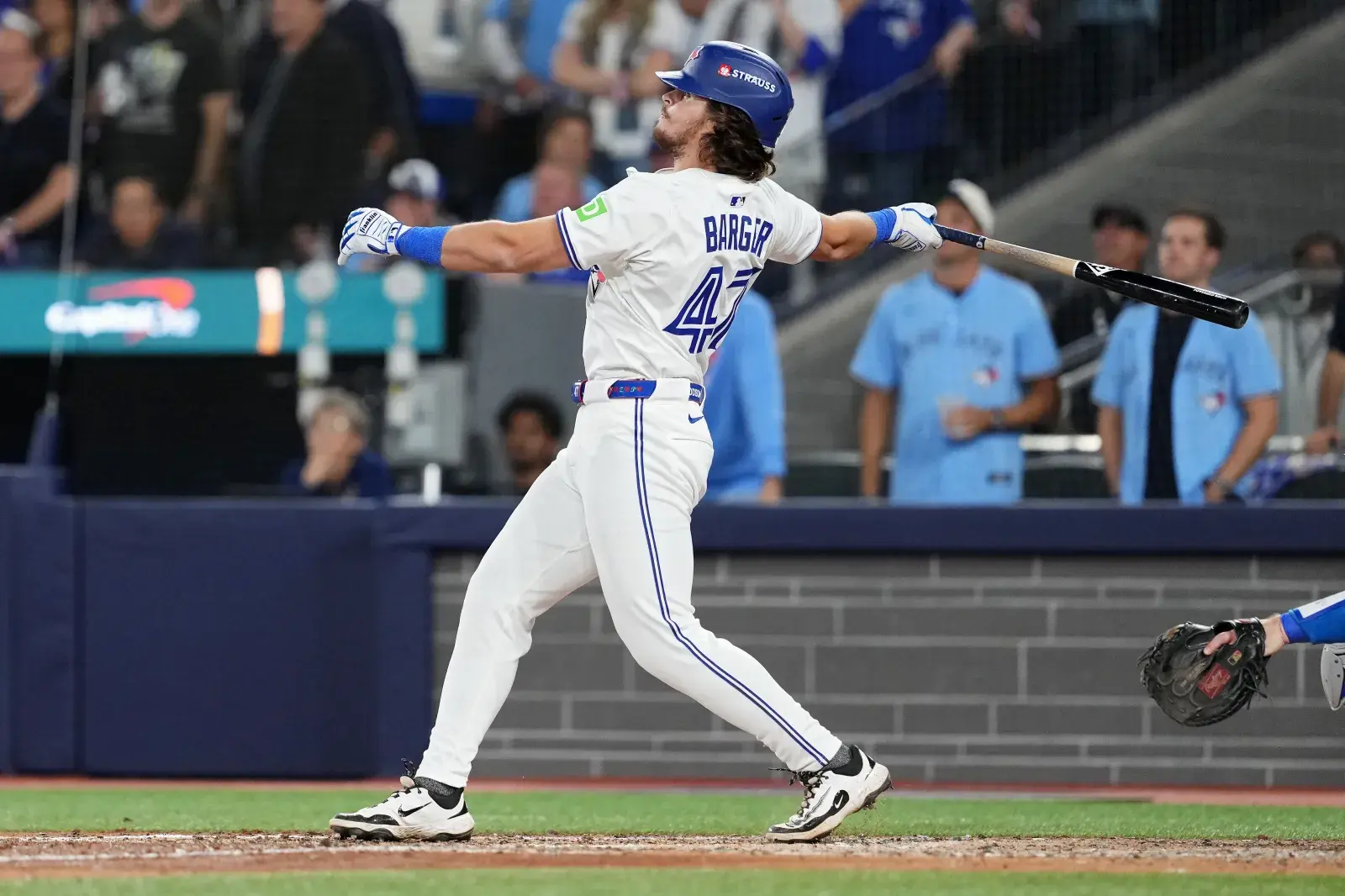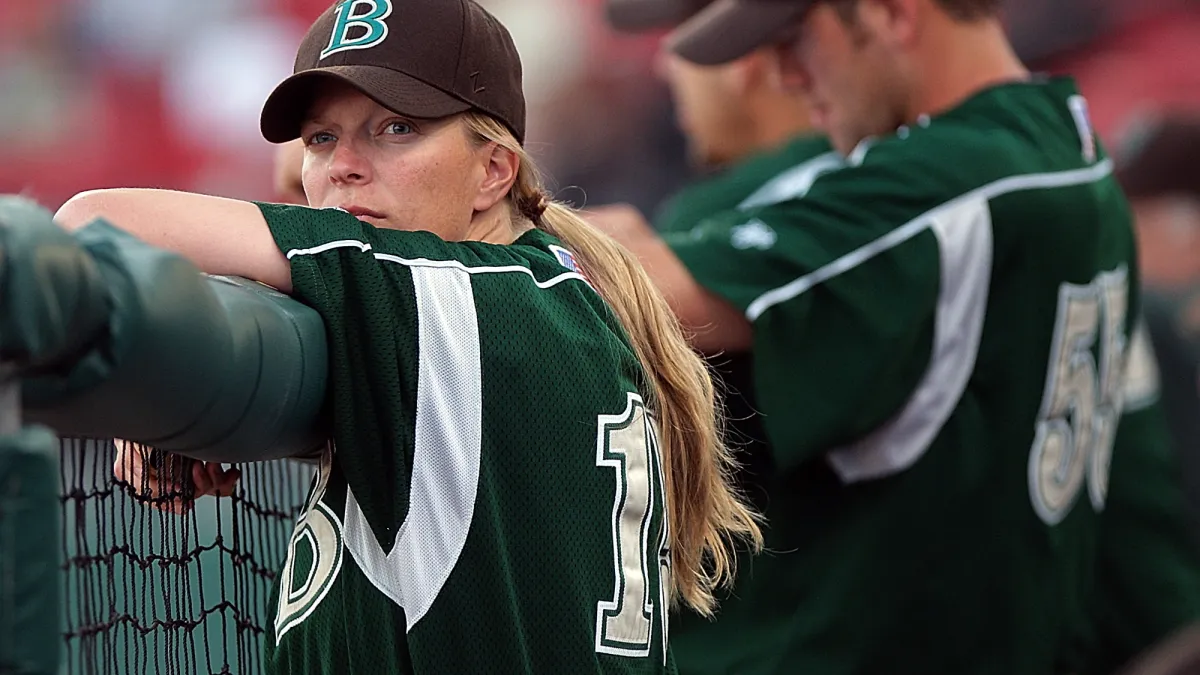Copyright newsweek

Editor’s note: This is a preview of Sports Daily, Newsweek’s newsletter where sports lead Joe Kozlowski highlights what you might have missed from the wide world of sports. The baseball cliche is that chicks dig the long ball. And while modern analytics have only increased the importance of home runs—for many teams, it’s all or nothing at the plate—the same principle crosses sports lines. TORONTO, ONTARIO – OCTOBER 24: Addison Barger #47 of the Toronto Blue Jays hits a grand slam home run against the Los Angeles Dodgers during the sixth inning in game one of the 2025 World Series at Rogers Center on October 24, 2025 in Toronto, Ontario. In general, we like the star players. The people who score goals, throw down thunderous dunks or do whatever highlight-reel play exists in your preferred game. In Game 1 of the Toronto Blue Jays belted three homers, but that wasn’t the entire story. Beyond the headline, overall depth was the story of the night. “At the end of the day, the one sign I have in my office, you guys have seen it, is ‘The man in the Arena,’” Toronto manager John Schneider said before the game. “Like who do you want in the arena? Numbers are tools, and they’re definitely helpful. But when you talk to the guys and you make time to kind of see where they’re at mentally, I think it goes a long way. And again, I’ve said it this entire year, this entire postseason: I trust every single guy on my team without a question. Sometimes things work, sometimes they don’t. But I trust every single one of them.” Those words proved to be prophetic. In a sixth inning, the Blue Jays batted around and broke the game open. Schneider turned to his bench three times, and all of those substitutions paid off; pinch runner Isiah Kiner-Falefa scored (it’s unclear how well Bo Bichette’s balky knee would have handled the base paths), pinch hitter Nathan Lukes walked (and later scored), and Addison Barger stole the show with the first pinch-hit home run in World Series history. Add a strong bullpen performance, which saw five relievers combine to keep the Los Angeles Dodgers largely quiet across five innings, and you have a comfortable World Series win. “That’s kind of how we roll,” Schneider explained after the game. “So much credit to the guys up and down the lineup being ready to come into the game. They were ready during BP, talking to Nate [Lukes], talking to Izzy [Kiner-Falefa], Addy [Barger]. Those at-bats in that inning started with Bo’s walk, then a knock, and it kind of just kept on going. Those were some pretty terrific at-bats from everyone up and down the order.” And, ultimately, that’s what depth does. Pulling a player off the bench to pinch run or work a good at-bat in a key situation might not (usually) make headlines, but it keeps the house of cards from collapsing. Options allow you to make changes and feel comfortable reacting to the game as it unfolds. When Trey Yesavage has proven capable of handling the big spot, you can push Kevin Gausman back to Game 2 to accommodate his rest after a Game 7 bullpen appearance. Then when Yesavage doesn’t have his best stuff, you don’t have to choose between letting him flounder or going to a less-than-reliable reliever. Elsewhere on the field, options let you take a chance. When Bichette says he can go, albeit at second base, there’s room to get his bat into the lineup. You don’t have to leave him out completely because his knee issue might flare up. And, by the same token, you don’t have to let him limp around the bases rather than replace him with an unreliable back-up. And what does a lack of reliable depth look like? Just ask Dodgers manager Dave Roberts, who saw starter Blake Snell lack control of his fastball and get himself into bad situations. When LA turned to the bullpen, relievers Emmett Sheehan and Anthony Banda were handed a ticking time bomb, and they were unable to defuse the situation. But, despite the rough outing and potentially dented confidence, they can’t step out of the firing line. Even if Roberts might want to turn elsewhere, he really doesn’t have much of a choice. “They need to bounce back,” Roberts explained after the loss. “I wouldn’t say concerning. Anthony’s been very good for us, and he left a breaking ball up. But, yeah, with the construct of the pen, we’re going to need them, and so we got a long way to go, a lot of baseball, but they certainly got to make good pitches.” As always, though, everything is a balancing act. If building a deep roster was 1) easy and 2) a guaranteed ticket to success, than everyone would do it. Having multiple starter-level talents at every position isn’t sustainable, even if baseball doesn’t institute a salary cap. Playing time matters; the amount of cash you can afford to shell out counts, too.



